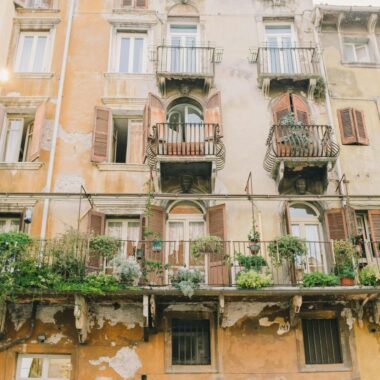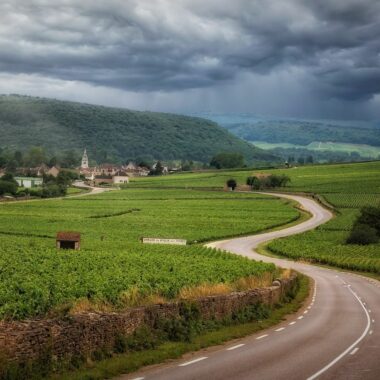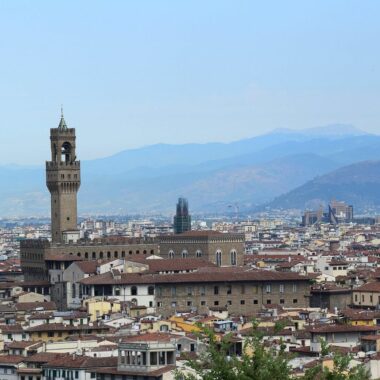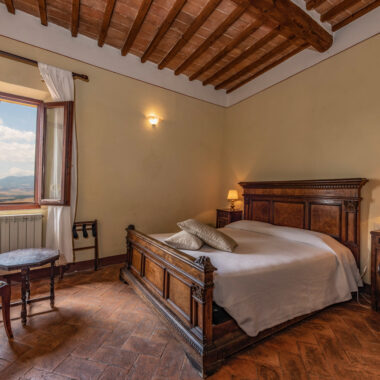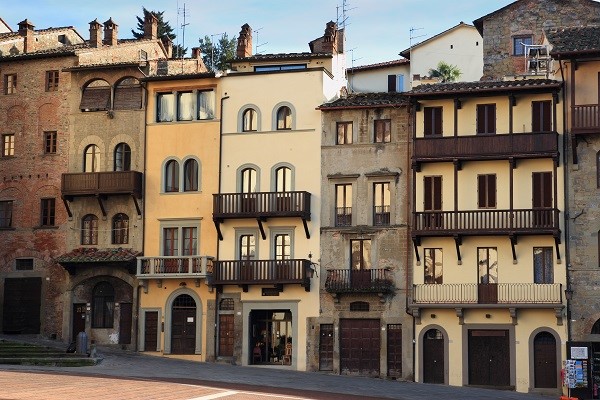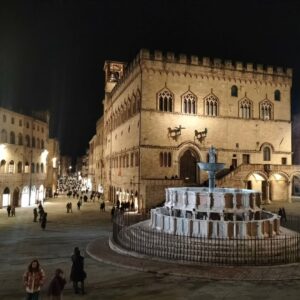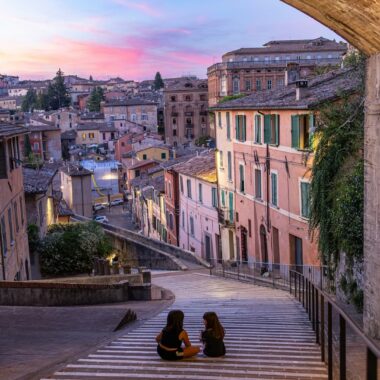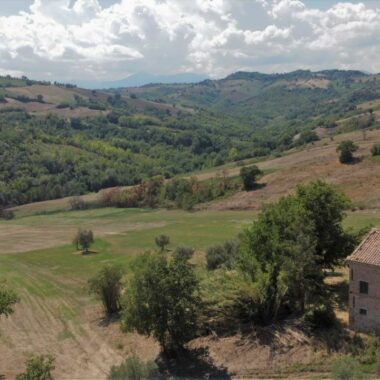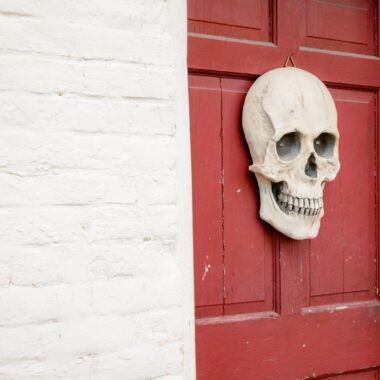For those looking at Italy from the outside, owning a home in a historic center in Italy may seem like a real gem. Being immersed in a small, secluded area far from the chaos of a big city, surrounded by centuries (or even millennia) of history, offers a clear boundary between the old and the new, between history and modernity. And yet, for those who live there, not everything that glitters is gold—because it’s one thing to admire it with eyes full of excitement and wonder, and quite another to experience daily life in a home in a historic center in Italy.
In this article, I’ll tell you about the pros and cons of living in the historic center of an Italian city — something that can be a colorful dream for some, or a nightmare for those used to an open-air, silent life in the countryside with plenty of space.
You may also be interested in: Renting a house in Italy: what to know before signing
What is a historic center in Italy?
Many foreigners associate the term “historic center” with a picturesque image: cobbled alleyways, flowered balconies, ancient squares, and outdoor cafés (in fact, it’s often the first stop when visiting a new city). But here, the concept is not just a postcard cliché.
In Italy, the historic center is defined as the original urban area of a town that has maintained continuity over time from an architectural, building, and cultural point of view. So we understand its key role within a city: it’s the only part of the city that has remained (or comes close to being) as it was in its earliest days.
The advantages of buying a house in the historic center
Unique cultural and architectural value
When you talk about Italy, you’re talking about living history. Every stone and every building tells centuries of art, culture, and tradition. Even the smallest, lesser-known villages hide architectural treasures: Romanesque churches, Renaissance palaces, perfectly preserved medieval walls. Living in or investing in a property in Italy means immersing yourself in a heritage admired around the world — a heritage that elsewhere would be inaccessible or reserved for only a few. It’s a daily experience to stroll down cobblestone streets, discover hidden frescoes, or take part in local festivals celebrating centuries-old traditions.

A human-scale lifestyle: shops, squares, community
Life in small Italian towns is profoundly different from the frantic pace of big cities. Squares are real “open-air living rooms” where people meet every day. Obviously, everything depends on the size of the city, but usually, this is a general rule (with the exception of the tiniest villages, now increasingly deserted as young people leave in search of better work and life opportunities). If you dream of returning to a more authentic life, based on personal relationships and a strong sense of belonging, you can still find this model alive and accessible.
Surprisingly affordable prices in some villages
While in big cities like Milan, Rome, or Florence real estate prices can be very high, in many rural areas or lesser-known villages it’s possible to buy houses at incredibly competitive prices. Some municipalities have even launched symbolic initiatives like selling homes for 1 euro, aiming to repopulate historic areas that have become semi-abandoned. Even without going to these extremes, with a much smaller budget compared to American standards, you can find charming properties.
Tourism opportunities: short-term rentals or B&Bs
Buying a house in Italy can also represent a source of income. More and more foreigners choose to transform their properties into short-term tourist rentals or small Bed & Breakfasts. “Widespread tourism,” which promotes authentic experiences away from the most touristy routes, is growing rapidly.
- Click here to read: Medieval villages to relocate to in Tuscany
The challenges of buying a house in a historical center in Italy
As often happens, what is incredibly beautiful also brings some practical complications. Let’s take a closer look behind the scenes of this choice.

Condition of the properties: the charm… and the cost of history
Many buildings in Italian historic centers are hundreds of years old. That’s exactly what makes them so charming — but it also means they frequently need major restoration work. Roofs to rebuild, electrical and plumbing systems to modernize, foundations to reinforce: these are interventions that can become expensive, especially if you want to meet modern comfort and safety standards.
Moreover, many houses have been abandoned or used only occasionally for years, so it’s essential to carry out a thorough technical inspection before purchasing. In Italy, this is called a “perizia tecnica,” and it can save you from unpleasant surprises.
Architectural constraints and permits: you can’t renovate however you want
Houses in historic centers are typically subject to restrictions from the Soprintendenza ai Beni Culturali, an agency that protects architectural and landscape heritage.
This means you can’t just knock down a wall, change a window, or redo a façade without first obtaining specific permits. In some cases, even the color of the shutters or the type of materials to be used are regulated!
The approval process can be slow and bureaucratic, and the work must be carried out by specialized professionals. Therefore, it’s essential to have a local surveyor or architect experienced in historic renovations on your side.
Accessibility: narrow alleys, stairways, no garages
Many Italian historic centers were created in eras when cars did not exist. The streets are narrow, often paved with stone, and reaching your home by car may be impossible.
This means that:
- Parking spots are rare and may be far from the house.
- In some cases, you’ll need to face stairs or walkways every day.
- For moving furniture or construction materials during renovation, special permits or small vehicles are required.







